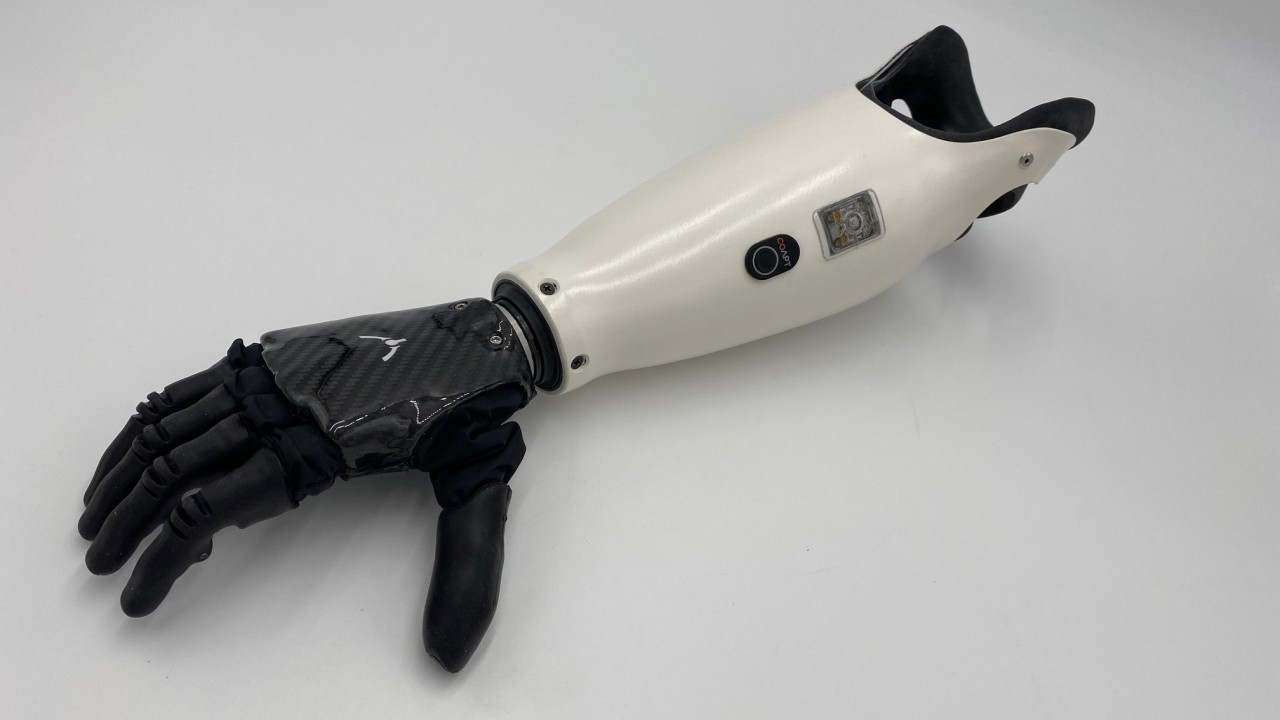The field of prosthetics has evolved remarkably over the past few decades, with myoelectric prosthetics representing one of the most significant advancements. These sophisticated devices, which harness the electrical signals generated by the user’s muscles, offer a level of functionality and control that was previously unattainable. Understanding the science behind myoelectric prosthetics reveals the intricate interplay of biology, engineering, and technology that enables these artificial limbs to mimic the movements and actions of natural limbs.
Understanding Myoelectric Signals
At the core of myoelectric prosthetics are myoelectric signals—tiny electrical impulses generated by muscle contractions. When a muscle contracts, it produces an electrical signal known as an electromyogram (EMG). These signals are the result of motor neurons activating muscle fibers, causing a flow of ions that generates an electric current.
In the context of myoelectric prosthetics, sensors are placed on the surface of the skin above the residual muscles in the amputated limb. These sensors detect the EMG signals, which are then amplified and processed to control the movements of the prosthetic limb. The precision and reliability of these signals are crucial for the effective functioning of myoelectric prosthetics.
Components of Myoelectric Prosthetics
Myoelectric prosthetics comprise several key components that work in harmony to translate muscle signals into movement:
- Electrodes: Surface electrodes are placed on the skin over the residual muscles. These electrodes detect the myoelectric signals and send them to the prosthetic control system.
- Amplifiers: The detected myoelectric signals are often weak and require amplification. Amplifiers boost the strength of these signals, making them suitable for further processing.
- Microprocessors: Modern myoelectric prosthetics are equipped with microprocessors that analyze the amplified signals. These microprocessors interpret the signals and convert them into commands that control the prosthetic limb’s motors and actuators.
- Motors and Actuators: The commands generated by the microprocessor are used to drive the motors and actuators within the prosthetic limb. These components are responsible for the actual movement of the prosthetic, enabling actions such as gripping, lifting, and rotating.
- Power Source: Myoelectric prosthetics require a power source, typically in the form of rechargeable batteries. These batteries provide the necessary energy to operate the sensors, amplifiers, microprocessors, and motors.
Signal Processing and Control Algorithms
The effectiveness of a myoelectric prosthetic limb largely depends on the sophistication of its signal processing and control algorithms. These algorithms are designed to accurately interpret the myoelectric signals and generate appropriate movements.
One of the challenges in signal processing is distinguishing between different muscle contractions and minimizing the impact of noise or interference. Advanced algorithms use techniques such as pattern recognition, machine learning, and adaptive filtering to improve the accuracy and reliability of signal interpretation.
Pattern recognition algorithms, for instance, analyze the patterns of myoelectric signals to identify specific muscle movements. Machine learning algorithms can be trained to recognize individual user’s signal patterns, allowing for personalized control of the prosthetic limb. Adaptive filtering techniques help in reducing noise and enhancing signal quality, ensuring that the prosthetic limb responds accurately to the user’s intentions.
Advantages of Myoelectric Prosthetics
Myoelectric prosthetics offer several advantages over traditional prosthetics, making them a preferred choice for many amputees:
- Enhanced Functionality: Myoelectric prosthetics provide a higher degree of functionality and dexterity. Users can perform complex tasks such as grasping delicate objects, typing, and even playing musical instruments.
- Natural Control: The use of myoelectric signals allows for more intuitive and natural control of the prosthetic limb. Users can control the prosthetic through their own muscle contractions, reducing the learning curve and improving ease of use.
- Aesthetic Appeal: Myoelectric prosthetics are designed to closely resemble natural limbs, both in appearance and movement. This aesthetic appeal can significantly boost the user’s confidence and self-esteem.
- Comfort and Fit: Modern myoelectric prosthetics are designed with ergonomics in mind, offering a comfortable fit that minimizes pressure points and discomfort. Customization options ensure that the prosthetic limb fits well and meets the individual needs of the user.
Challenges and Future Directions
Despite their many advantages, myoelectric prosthetics also face certain challenges that researchers and developers are continually working to address:
- Signal Variability: Myoelectric signals can vary due to factors such as muscle fatigue, changes in skin conditions, and electrode placement. Ensuring consistent and reliable signal detection remains a challenge.
- Battery Life: The power requirements of myoelectric prosthetics can limit their battery life, necessitating frequent recharging. Advances in battery technology and energy-efficient components are needed to extend usage times.
- Cost: Myoelectric prosthetics are often more expensive than traditional prosthetics, making them less accessible to some individuals. Efforts to reduce manufacturing costs and improve affordability are ongoing.
- Integration with Sensory Feedback: One of the future directions in myoelectric prosthetics is the integration of sensory feedback mechanisms. Providing users with sensory information, such as touch and pressure, can enhance the usability and functionality of prosthetic limbs.
Conclusion
The science behind myoelectric prosthetics is a fascinating blend of biology, engineering, and technology. By harnessing the body’s own electrical signals, these advanced prosthetics offer amputees a level of control and functionality that closely mimics natural limb movements. The development and refinement of signal processing algorithms, along with advancements in materials and design, continue to push the boundaries of what myoelectric prosthetics can achieve.
As researchers and developers address existing challenges and explore new frontiers, the future of myoelectric prosthetics holds great promise. These innovations will not only enhance the quality of life for amputees but also pave the way for more sophisticated and integrated prosthetic solutions. Through continued collaboration and innovation, myoelectric prosthetics will undoubtedly play a transformative role in the lives of those who rely on them.



